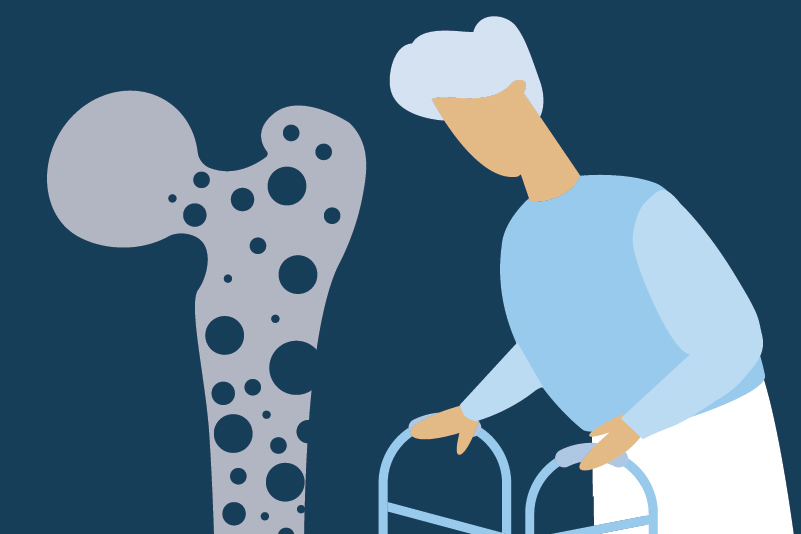#33 Bisphosphonates: Forever or Five Years and Stop?

Reading Tools for Practice Article can earn you MainPro+ Credits
Join NowAlready a CFPCLearn Member? Log in
- Bone mineral density (BMD) measurements in the placebo group were lower than the alendronate group.
- Total non-vertebral fractures and total vertebral fractures were not statistically different.
- In only one outcome subgroup, total clinical vertebral fractures, alendronate statistically significantly lowered fractures (2.4% versus 5.3% placebo). Number needed to treat is 36 for continuing alendronate.
- Although patients with lower BMD or previous fractures had a higher risk of fractures, there was no statistically significant benefit seen in these subgroups.
- Two smaller flawed studies examining discontinuation of bisphosphonates (without randomization) also found those discontinuing had: (1) Lower BMDs,3,4 (2) Residual fracture protection, 4 and (3) No statistical difference in fracture rates compared to those continuing therapy.3
- Interpreting osteoporosis studies presents many challenges:
- Significant heterogeneity among populations studied, how BMD is reported and the classifications of fractures.
- Large variability in BMD measurements make interpretation difficult. 5
- Many studies are not designed to evaluate symptomatic fractures, the clinically most important outcome.
- Observational studies demonstrate potential adverse events with bisphosphonate (gastrointestinal, bone). 6,7
- No consensus exists regarding optimal duration of bisphosphonate therapy.
- Some suggest stopping bisphosphonates after five years in lower risk patients, such as those without previous fractures.8
- This subgroup selection is not based on RCT evidence.
- Some suggest stopping bisphosphonates after five years in lower risk patients, such as those without previous fractures.8






